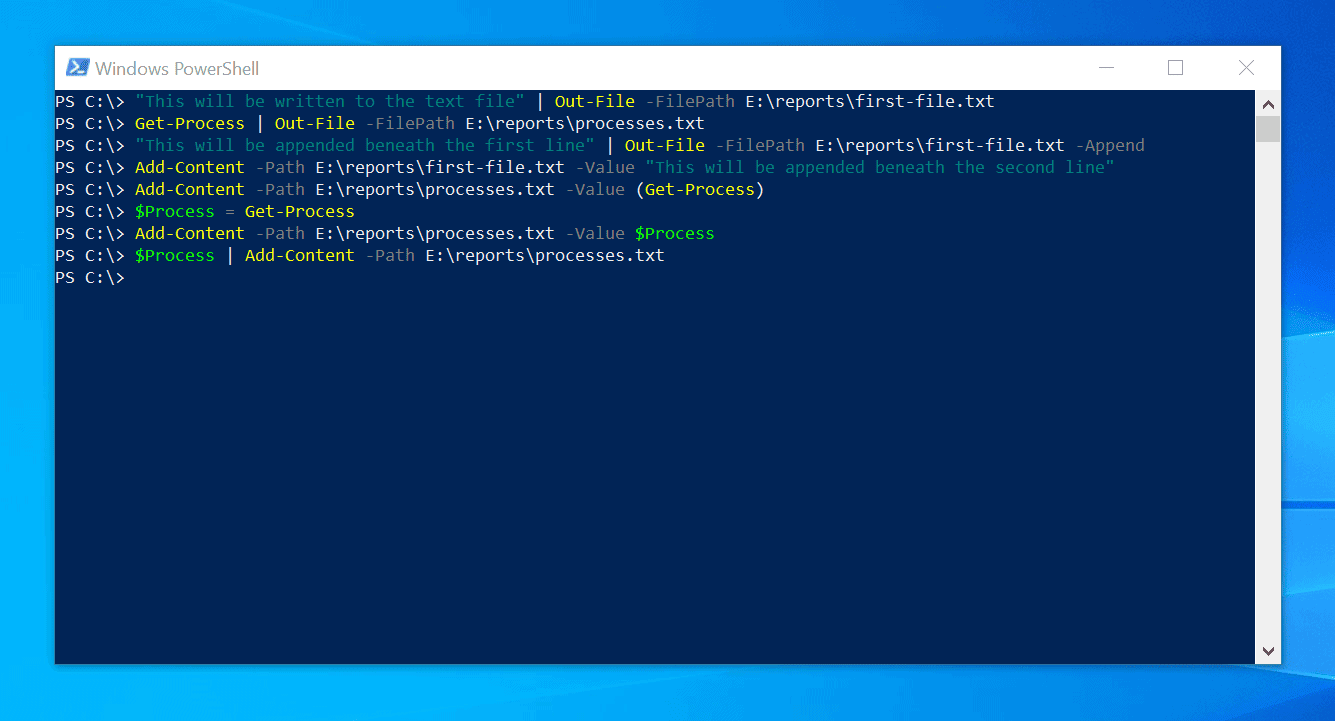

- #POWERSHELL FIND FILE RECURSIVELY HOW TO#
- #POWERSHELL FIND FILE RECURSIVELY FREE#
- #POWERSHELL FIND FILE RECURSIVELY WINDOWS#

#POWERSHELL FIND FILE RECURSIVELY WINDOWS#
=> PyQt5: Get Windows Service with Start/Stop Compliant Status => pyqt5-get-windows-service-with-start-stop-compliant-status => Send keystrokes of the clipboard contents with AutoHotkey => send-keystrokes-of-the-clipboard-contents-with-autohotkey => Network Connection Notify Tool is Released

=> network-connection-notify-tool-is-released
#POWERSHELL FIND FILE RECURSIVELY HOW TO#
=> Migrate eBlogger to WordPress : How to add a Java Script Redirect => migrate-google-blog-to-wordpress-how-to-add-a-redirection-script => The Internet Explorer Registry Tweaks: How to set Page Margin, Fonts, Paper Sizes and Default Page => the-hidden-settings-of-internet-explorer-page-margin-fonts-default-page => How to Renew Root Certificate of Microsoft CA with a longer validity period => how-to-renew-root-certificate-of-microsoft-ca-with-a-longer-validity-period => Set Any Attribute of AD users by using PowerShell Script => set-any-attribute-of-ad-users-by-using-powershell-script WHERE post_status='publish' AND wp_posts.post_type='post' LEFT JOIN wp_term_taxonomy ON wp_term_taxonomy.term_taxonomy_id = Wp_posts.post_date, YEAR(wp_posts.post_date) AS 'year',įROM wp_posts LEFT JOIN wp_term_relationships ON wp_posts.ID = Wp_posts.post_name, wp_posts.post_title, wp_posts.post_author, The Internet Explorer Registry Tweaks: How to set Page Margin, Fonts, Paper Sizes and Default Page.How to Renew Root Certificate of Microsoft CA with a longer validity period.Set Any Attribute of AD users by using PowerShell Script.\Get_Folder_Sizes -Directory C:\Users -Level 1 | Export-Csv -NoTypeInfo C:\UsersUsers_Profiles_Sizes.csv To Export local users’ profile folders sizes to csv. To list *.exe files sizes & display up to next 2 level.\Get_Folder_Sizes -ToLevel 2 -FileOnly -FileType exe \Get_Folder_Sizes -Level 2 -FileOnly -FileType exe (Level 1 is for files in current directory). To list *.exe file sizes under next child-level directory only. To list directory sizes only with *.exe files type under c:windows directory.\Get_Folder_Sizes -Directory c:\Windows -level 1 -FileType exe -Display To list directory sizes under current directory.\Get_Folder_Sizes -level 1 -Display Open the powershell as “Run as Administrator” before you run the script. 5) It will list file sizes, counting only the specific file type at the specified level or up to a specified level. 4) It will list file sizes at the specified level or up to a specified level. 3) It will list folder sizes with the above options with guided lines for easy viewing. 2) It will list folder sizes, counting only the specific file type recursively or to a specified level. 1) It will list folder sizes recursively or to a specified level. What this script will do: You can choose one of these options at a time, depending on parameters. 2) You can limit the depth of listing files/folders. Two good points about this script are: 1) You can list the folder sizes recursively. Combined with Powershell remoting, you can use this script to remotely query users’ profile sizes on remote computers. Here in powershell, I’m going to show you the use of recursive functions to list folders sizes as being added from child directories sizes.
#POWERSHELL FIND FILE RECURSIVELY FREE#
We can also use TreeSize Free to graphically list folder sizes. Being away from my blogging a while, for the scripting of the migration of 400 ftp users to new server, Today, I finalized a script that will list folders/file sizes recursively that I started writing a few days ago.


 0 kommentar(er)
0 kommentar(er)
